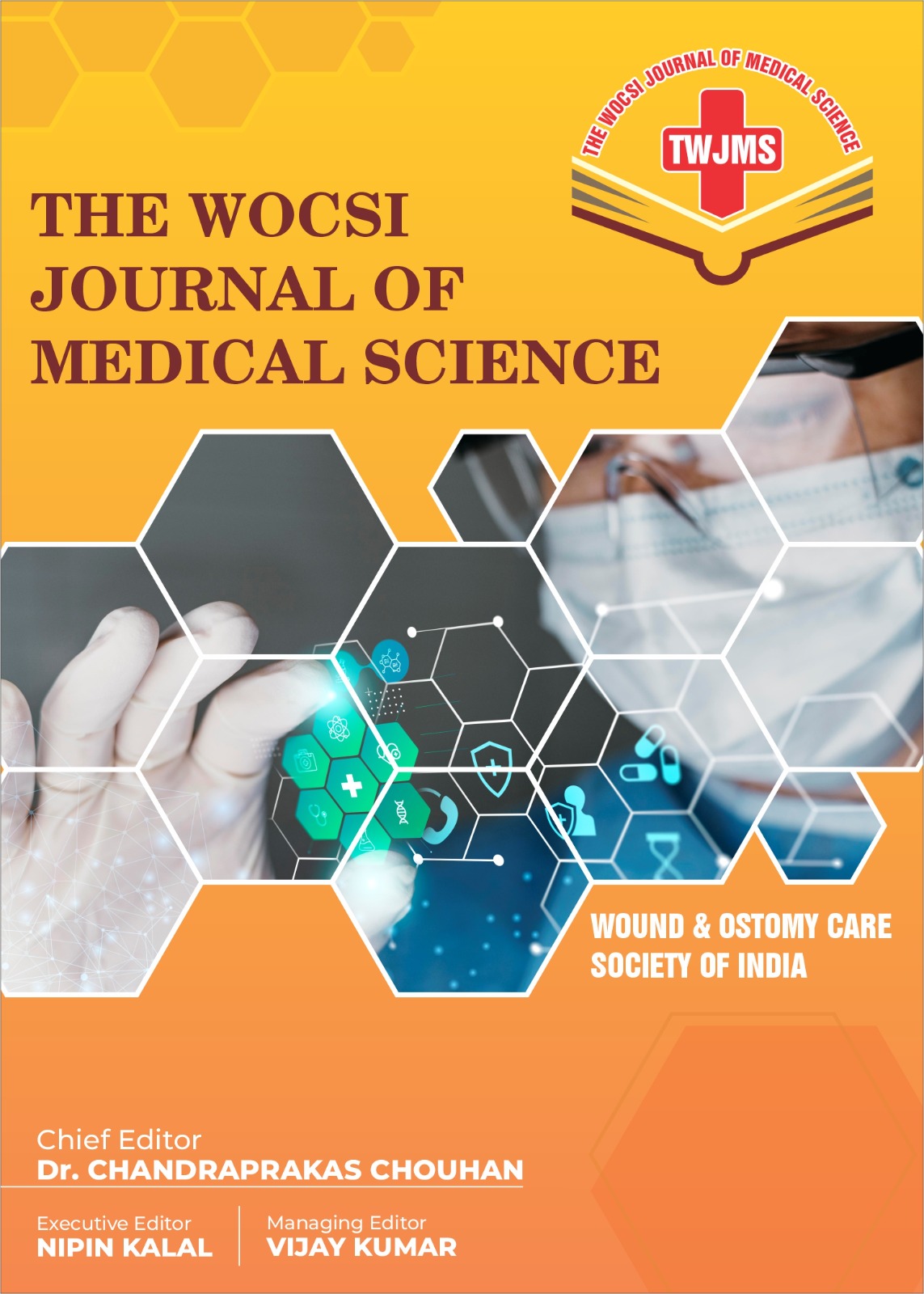To Development of Driver Sleep Detection and Alarming System to Prevent Road Traffic Accident Sleep Detection and Alarming System
Main Article Content
Abstract
Feeling sleepy while driving could cause a hazardous traffic accident. However, when driving alone on the highway or driving over a long period of time, drivers are inclined to feel bored and sleepy, or even fall asleep. Nowadays most of the products of driver anti-sleep detection sold in the market are simply earphone making intermittent noises, which is quite annoying, and few of the cars that are sold in the Indian market having sensors for auto braking system for the safety of the driver and the passengers are quite expensive for a Indian middle class person to afford and quite heavy on the pockets. As such, there is a high demand for cheap and efficient driver sleep detection. Therefore, we came up with an idea and successfully developed a sleepy detection and alarming system, which could effectively meet this demand.
Article Details
References
- Fernández A, Usamentiaga R, Carús JL, Casado R. Driver Distraction Using Visual-Based Sensors and Algorithms. Sensors (Basel). 2016 Oct 28;16(11):1805. doi: 10.3390/s16111805. PMID: 27801822; PMCID: PMC5134464.
- Zhao C, Sun L, Zhang C. Psychometric properties of the Attitudes and Beliefs about Sleepy Driving Scale in Chinese drivers and its relationships with driving behaviours. PLoS One. 2022 Jun 2;17(6):e0269312. doi: 10.1371/journal.pone.0269312. PMID: 35653417; PMCID: PMC9162353.
- Tait JL, Aisbett B, Hall SJ, Main LC. The inflammatory response to simulated day and night emergency alarm mobilisations. PLoS One. 2019 Jun 21;14(6):e0218732. doi: 10.1371/journal.pone.0218732. PMID: 31226144; PMCID: PMC6588278.
- Pazikadin AR, Rifai D, Ali K, Mamat NH, Khamsah N. Design and Implementation of Fuzzy Compensation Scheme for Temperature and Solar Irradiance Wireless Sensor Network (WSN) on Solar Photovoltaic (PV) System. Sensors (Basel). 2020 Nov 25;20(23):6744. doi: 10.3390/s20236744. PMID: 33255797; PMCID: PMC7728314.
- Thauer E, Ottmann A, Schneider P, Möller L, Deeg L, Zeus R, Wilhelmi F, Schlestein L, Neef C, Ghunaim R, Gellesch M, Nowka C, Scholz M, Haft M, Wurmehl S, Wenelska K, Mijowska E, Kapoor A, Bajpai A, Hampel S, Klingeler R. Filled Carbon Nanotubes as Anode Materials for Lithium-Ion Batteries. Molecules. 2020 Feb 27;25(5):1064. doi: 10.3390/molecules25051064. PMID: 32120977; PMCID: PMC7179147.
- Tomás CC, Oliveira E, Sousa D, Uba-Chupel M, Furtado G, Rocha C, Teixeira A, Ferreira P, Alves C, Gisin S, Catarino E, Carvalho N, Coucelo T, Bonfim L, Silva C, Franco D, González JA, Jardim HG, Silva R, Baixinho CL, Presado MªH, Marques MªF, Cardoso ME, Cunha M, Mendes J, Xavier A, Galhardo A, Couto M, Frade JG, Nunes C, Mesquita JR, Nascimento MS, Gonçalves G, Castro C, Mártires A, Monteiro MªJ, Rainho C, Caballero FP, Monago FM, Guerrero JT, Monago RM, Trigo AP, Gutierrez ML, Milanés GM, Reina MG, Villanueva AG, Piñero AS, Aliseda IR, Ramirez FB, Ribeiro A, Quelhas A, Manso C, Caballero FPCarvalho.
- Zirbel CL, Auffinger P. Lone Pair…π Contacts and Structure Signatures of r(UNCG) Tetraloops, Z-Turns, and Z-Steps: A WebFR3D Survey. Molecules. 2022 Jul 7;27(14):4365. doi: 10.3390/molecules27144365. PMID: 35889236; PMCID: PMC9323530.
- Zeng J, Zhang D, Lu D, Mo P, Li Z, Chen Y, Rynik M, Huang L, Li Z, Shi S, Wang Y, Ye H, Tuo P, Yang J, Ding Y, Li Y, Tisi D, Zeng Q, Bao H, Xia Y, Huang J, Muraoka K, Wang Y, Chang J, Yuan F, Bore SL, Cai C, Lin Y, Wang B, Xu J, Zhu JX, Luo C, Zhang Y, Goodall REA, Liang W, Singh AK, Yao S, Zhang J, Wentzcovitch R, Han J, Liu J, Jia W, York DM, E W, Car R, Zhang L, Wang H. DeePMD-kit v2: A software package for deep potential models. J Chem Phys. 2023 Aug 7;159(5):054801. doi: 10.1063/5.0155600. PMID: 37526163; PMCID: PMC10445636.
- Annamalai MC, Amutha Prabha N. A comprehensive review on isolated and non-isolated converter configuration and fast charging technology: For battery and plug in hybrid electric vehicle. Heliyon. 2023 Aug 4;9(8):e18808. doi: 10.1016/j.heliyon.2023.e18808. PMID: 37636357; PMCID: PMC10447943.
- Pati S, Singh A, Rathore S, Gastounioti A, Bergman M, Ngo P, Ha SM, Bounias D, Minock J, Murphy G, Li H, Bhattarai A, Wolf A, Sridaran P, Kalarot R, Akbari H, Sotiras A, Thakur SP, Verma R, Shinohara RT, Yushkevich P, Fan Y, Kontos D, Davatzikos C, Bakas S. The Cancer Imaging Phenomics Toolkit (CaPTk): Technical Overview. Brainlesion. 2020;11993:380-394. doi: 10.1007/978-3-030-46643-5_38. Epub 2020 May 19. PMID: 32754723; PMCID: PMC7402244.
- Shi H, Zhang Q, Bian M, Wang H, Wang Z, Chen L, Yang J. A Novel Ship Detection Method Based on Gradient and Integral Feature for Single-Polarization Synthetic Aperture Radar Imagery. Sensors (Basel). 2018 Feb 12;18(2):563. doi: 10.3390/s18020563. PMID: 29439557; PMCID: PMC5855538.
- Ehrmann G, Blachowicz T, Homburg SV, Ehrmann A. Measuring Biosignals with Single Circuit Boards. Bioengineering (Basel). 2022 Feb 21;9(2):84. doi: 10.3390/bioengineering9020084. PMID: 35200437; PMCID: PMC8869486.
- Dyke RM, Hormann K. Histogram equalization using a selective filter. Vis Comput. 2023;39(12):6221-6235. doi: 10.1007/s00371-022-02723-8. Epub 2022 Nov 29. PMID: 37969935; PMCID: PMC10635952.
- Jacko P, Bereš M, Kováčová I, Molnár J, Vince T, Dziak J, Fecko B, Gans Š, Kováč D. Remote IoT Education Laboratory for Microcontrollers Based on the STM32 Chips. Sensors (Basel). 2022 Feb 13;22(4):1440. doi: 10.3390/s22041440. PMID: 35214343; PMCID: PMC8880355.


